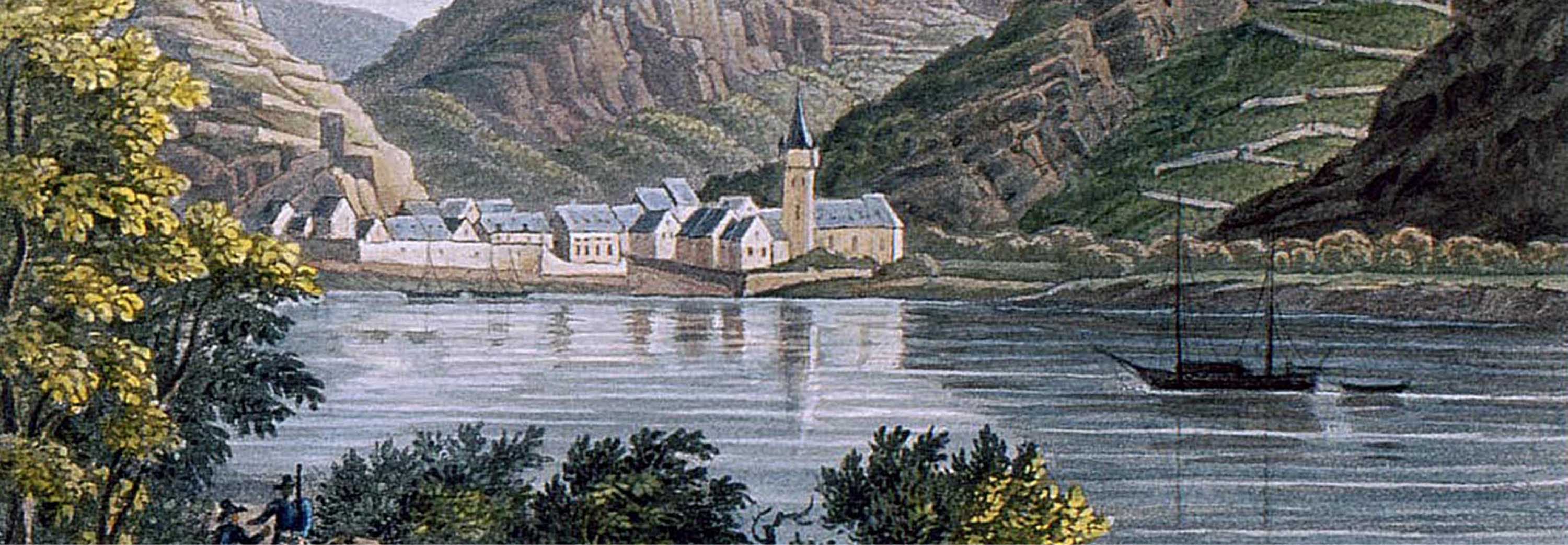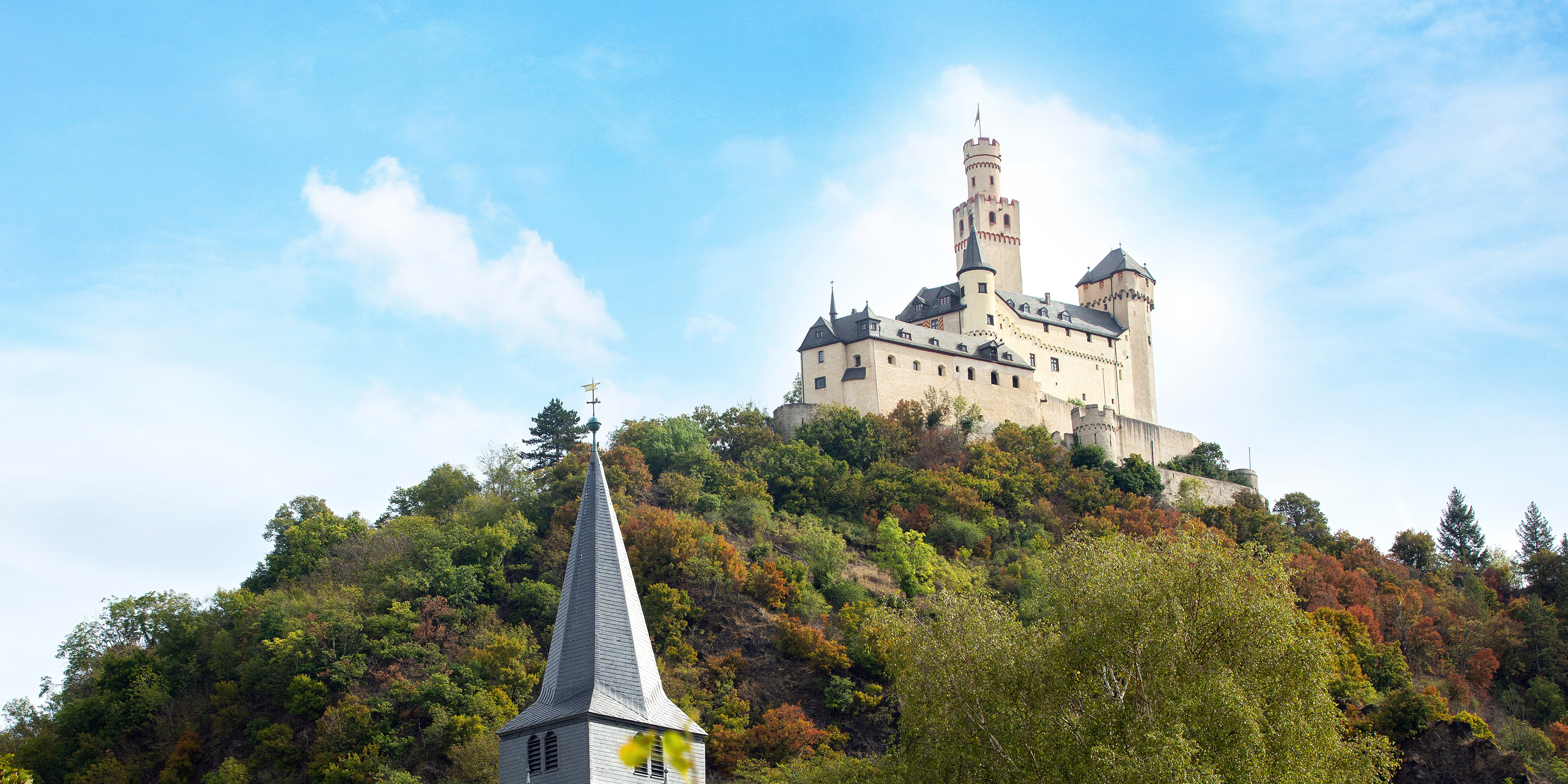Discover Europe’s most popular river cruises
For the Romantics, the castles along the Rhine Gorge, as well as the lush vineyards and rolling countryside running alongside it, hearkened to a better, more innocent time. An appreciation for the region's natural beauty and cultural history found its way into their timeless works of art, literature, music and philosophical thought. Even today, it's not hard to understand why these intellectuals became so enamored with the Rhine Valley. When you travel here for yourself, it will not surprise you that the Rhine Gorge (or, Upper Middle Rhine Valley) is in its entirety a UNESCO World Heritage-listed site.
Are you thinking of embarking on an immersive river cruise to discover the romance of the Rhine for yourself? In the following article, you'll have the chance to dive into the fascinating history of Rhine Romanticism, uncover some of the waterway's most cherished sites, and get inspired for your next adventure with Emerald Cruises.
"Art is in itself noble; that is why the artist has no fear of what is common." - Johann Wolfgang von Goethe


From the Industrial Revolution to Romanticism
When the Industrial Revolution swept across Europe in the mid and late 18th century, it brought along with it a major switch from an agricultural way of life to urban life. As factories began to replace fields, populations began migrating en masse to cities. At the same time, an increase in scientific rationalism and scientific positivism (the belief that all phenomena can be explained by scientific deduction) began to reduce the magic of the natural world to a series of explainable events. While this brought along much advancement and ingenuity, it also left many feeling alienated from nature, emotions and their heritage. It was at this time that the movement of Romanticism was born. Primarily beginning as a reaction to the Industrial Revolution in England, the first Romantics were often writers and painters whose goal was to capture the beauty of the natural world as smoke stacks and bustling city centers began to appear. They argued that modernity needed to progress cautiously and that the conservation and preservation of culture, individuality, and ecology were vital. Often, the Middle Ages were idealized as a time of bliss and harmony between art and nature.
By the early 19th century, Romantic philosophy had spread to the European continent. The Rhine became a popular tourist destination for those seeking a glimpse into a more romantic past, and many travel guides and works of art were published which fueled a burgeoning appreciation for the waterway. The aristocracy of Europe also became enamored with Romanticism, as their wealth and ownership over many of the medieval sites began to inspire restoration projects along the Upper Middle Rhine Valley. Old ruins throughout the region gave way to impressive Gothic palaces, cathedrals and castles which in turn became the focus for brilliant pieces of art and literature.
Rhine Romanticism helped usher in a new era of restoration, appreciation, and conservation for the German Rhine Gorge and bring forth many of the wonders we marvel at today. Below are some of our favorite architectural masterpieces that capture this incredibly significant movement.


Stolzenfels Castle, Koblenz


Rheinstein Castle, Trechtingshausen


Marksburg Castle, Braubach


Werner Chapel, Bacharach


Experience the Rhine Valley with Emerald Cruises

8 Days
SEASON: 2025Jewels of the Rhine

8 Days
SEASON: 2025Danube Delights
Discover Europe’s most popular river cruises


Start planning your Europe river cruise
See our itineraries that you can enjoy onboard your Europe river cruise with Emerald Cruises.
Stay up to date and be inspired
Yes, please keep me updated with the latest special offers, travel inspiration, product updates, and event invites.
